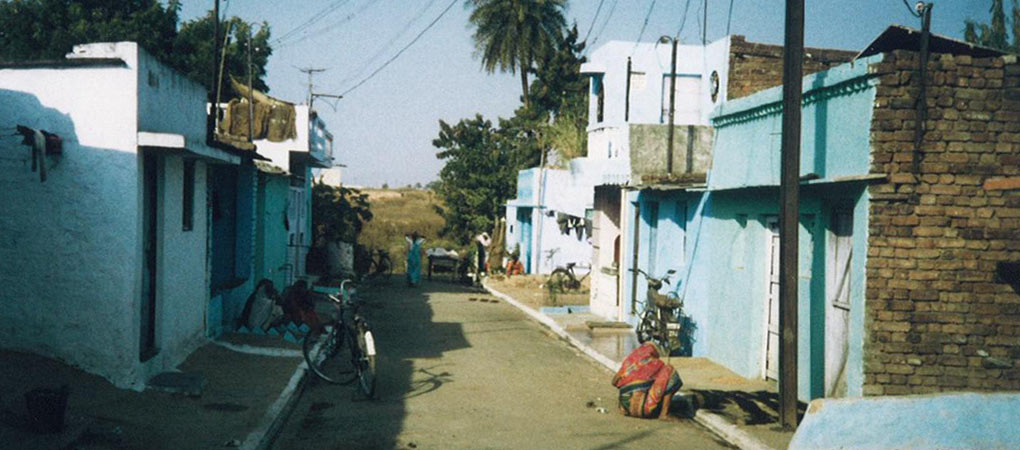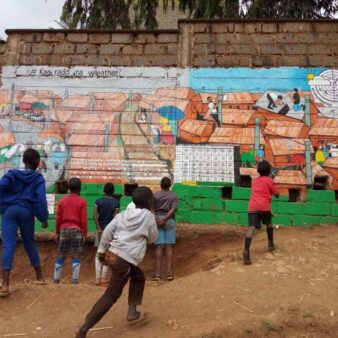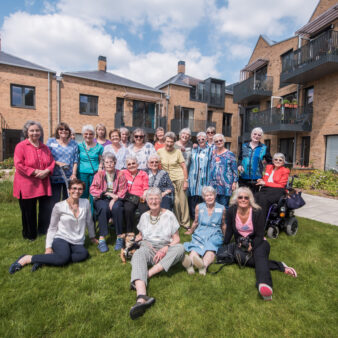The Indore Habitat project provides an innovative city-wide approach to urban improvement through the networking of slums and other distress zones in the city. The project has successfully integrated the slum communities into the physical infrastructure systems and social, health and economic networks of the city, bringing dramatically improved living conditions at a fraction of the cost of conventional approaches. Community cooperation and participation is a crucial element of this approach. Once the improvements in the infrastructure of these areas has been completed, the residents invest their own resources to improve their housing.
Networking is an integrated upgrading of the entire slum areas of a city, not as individual settlements but as an urban network. The basis for the network is the city’s waterways – it is here that the majority of the slums are located and they offer potential for the installation of services and environmental and aesthetic improvement.
Economies of scale allow improvements, which would be uneconomic at the micro-scale, to become economic.
The spread of slums throughout a city in a dense network enables drainage/sewage infrastructure networks to be developed/improved for the whole city. Normally such wide-scale improvement would be impossible due to the city layout, costs and the non-availability of land. By providing the missing links between the slums, it is possible to complete city-wide networks as well as improving the slum areas at the same time.
Flood control, storm drainage and environmental improvement can also be achieved at comparatively minor cost. The health of the population is dramatically improved with the introduction of underground sewage and safer water supplies. The slum communities are involved at all stages of the project.
Indore has a population of 1,250,000 and is an important textile manufacturing town and agricultural marketing and distribution centre. Twenty-eight per cent of the population lives in slums. The existing underground sewage network was built in 1936 and serves only five per cent of the city population. The river carries the sewage for the remaining 95 per cent.
There are two main components to the project:
- Physical improvements in the slums and the city
- Community development works.
In a separate programme, the legal rights of the land are being transferred to the slum dwellers. By exploiting the fact the slums are located close together along the natural water courses, it has been possible to introduce underground sewerage mains in the entire city, which was previously discharging its waste into the water courses. In the absence of sewage the water courses have been turned into freshwater bodies with parks and pedestrian paths along the banks.
The project covers 183 slums benefiting 39 per cent of the population directly. A further 35 per cent of the population gains indirectly. Environmental improvements benefit the total city population. Physical works are phased over four years and are due to be completed in 1994-95 and community development activities are co-ordinated with the physical works so that the two run in tandem.
The Overseas Development Administration of the British Government is the principal funding agency for the slum upgrading components of the project – this is regarded as seed funding encouraging contributions from beneficiaries and other sources of funding, including state and municipal funding. Maintenance and running costs will be met by the municipality but will be recouped from increased tax revenues from slum population and connection changes for the non-slum population.
Financial contributions are made for individual house connection to the main sewerage line. Earthworks and landscaping are largely done by beneficiaries at their own expense. The health, educational and social components of the project are run at the grassroots level by community volunteers. The improving environment encourages families to improve their own homes – the average cost of physical and environmental upgrading is Rs 4,200 (£89) per family and the average investment by the household in improving its shelter is Rs 5,000 (£106).
Partnership
Local government, private sector, donor agency, local community



